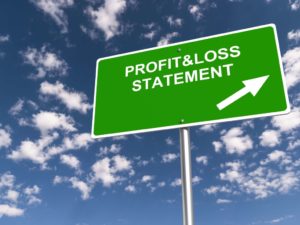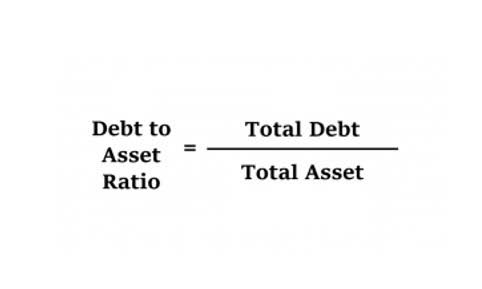
But when it comes winery bookkeeping to consulting on technology, we prioritize the human experience. You don’t need an accounting bot—you need an expert team to guide you through a complex and dynamic landscape. Sales tax can be pretty complicated in most states, especially in Washington, and we prefer to handle sales tax situations outside of QuickBooks.

Protea Financial’s Wine Accounting Services
- We will put that information into useful reports that actually improve your ability to run your business.
- Now, let’s explore a concept that can significantly improve your financial insights — managing production accounts.
- Wine accounting is the specialized process of managing and tracking the financial transactions within the wine industry, including vineyards, wineries, and distributors.
- The big difference with accrual accounting is that it adheres to the Matching Principle, which is a cornerstone of GAAP (Generally Accepted Accounting Principles).
- We will work with you to create accurate financial statements and provide guidance on making sound business decisions.
- Each expense — grapes, bottles, and salaries — gets tucked into a “other expense” account.
Tax accounting for wineries involves managing excise taxes, sales taxes, and import/export taxes. Proper tax accounting ensures compliance with local and federal regulations, helps avoid penalties, and can optimize tax liabilities. Understanding tax obligations and benefits can significantly impact a winery’s financial health and operational efficiency. Our winery packages include comprehensive support for accounting technology, monthly wine cost calculations, inventory reconciliation, POS management, and sales and excise tax compliance. Wine accounting helps vineyard owners track income from grape sales, manage expenses related to cultivation, and monitor cash flows.
Wine Accounting 101: Understanding the Basics
This includes keeping tabs on what materials and labor went into creating specific vintages and blends. You will need to decide how much to spend on production overall, including how much to spend on grapes, glass, label, closures, and more. Then, you must decide how much money is going to be allocated between different departments to run the business and sell the wine. Finally, you must track how much is spent on all the other operational costs of your winery. It’s exacting work, and made worse by the often confusing overlap between overhead, production, and material costs. Take for instance a winery that has similarity and consistency across all departments and square footage allocation that reasonably reflects utilization derived by each department.
How can understanding the cost of goods sold (COGS) benefit a winery?
- Our services include Cash Receipts, Cash Disbursements, Accounts Receivable, Accounts Payable, Sales Tax Reports, Payroll including Quarterly Reports & W-2’s.
- After that, you can drill down into subaccounts to see what is really driving the results you are seeing at a high level.
- One note, however, you should never see a balance in an account called “Opening Balance Equity.” If you have one, you can guarantee your books need a bit of cleanup.
- Regardless of which method you use to allocate your costs to your finished product, it is important to use it consistently.
- Liability accounts start with the most current (the ones you have to pay soonest) and move to the more long-term liabilities.
- Typically, wineries utilizing LIFO initially utilize SPID or FIFO for internal, managerial accounting purposes and record a LIFO reserve to adjust to LIFO for financial reporting and tax purposes.
- In order for a winery to use LIFO for tax purposes, it is also required to use it for financial reporting purposes.
We will put that information into gross vs net useful reports that actually improve your ability to run your business. You can dive into each recommended expense account in more detail here. Liability accounts start with the most current (the ones you have to pay soonest) and move to the more long-term liabilities. We also like to list out rent accounts separately, one for each property or building we are renting. We keep separate accounts for each type of interest we are paying and title the accounts appropriately.
- Getting bogged down or lost trying to handle it all in-house is a recipe for subpar growth, or worse.
- We go beyond standard accounting and bookkeeping services to offer winery-specific financial analysis.
- It’s also important that financial reporting disclosures provide transparency about inventory costing, methods, assumptions, and significant estimates.
- It also has extraction abilities, so it can pull information from invoices and receipts and put it directly into QuickBooks Online.
- The payroll module works for many people, but it’s not our favorite.

This method is the only method that provides an accurate picture of profitability and financial health. Wine accounting is the specialized process of managing and tracking the financial transactions within the wine industry, including vineyards, wineries, and distributors. It’s crucial because accurate financial records help businesses make informed decisions, manage costs effectively, and ensure compliance with tax regulations. In the competitive wine market, sound accounting practices can significantly influence profitability and operational efficiency. Key components of wine accounting for a winery include cost of goods sold (COGS), inventory management, and production costs. Accurate inventory management ensures proper stock levels and valuation, while tracking production costs helps in pricing strategies and profit maximization.

